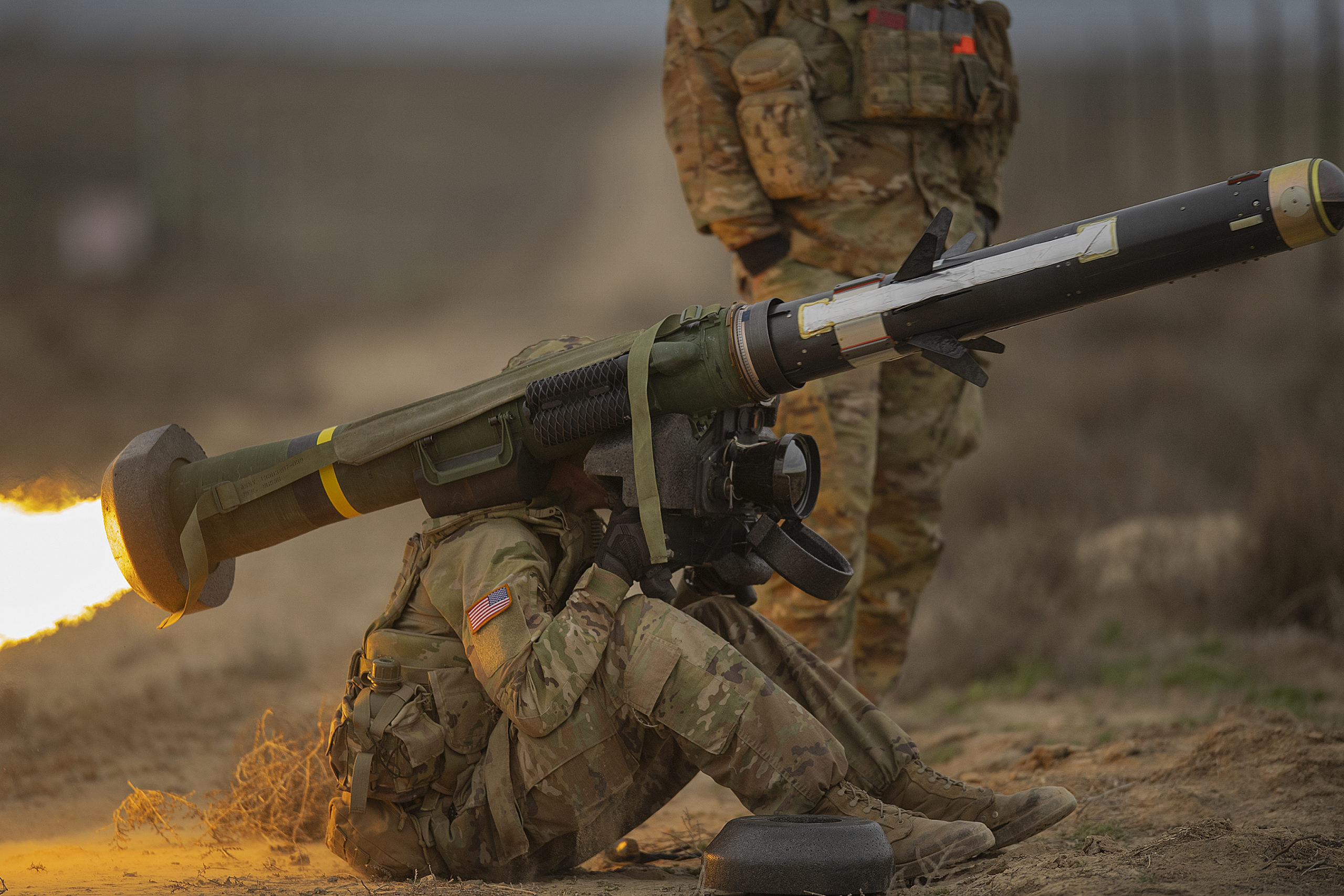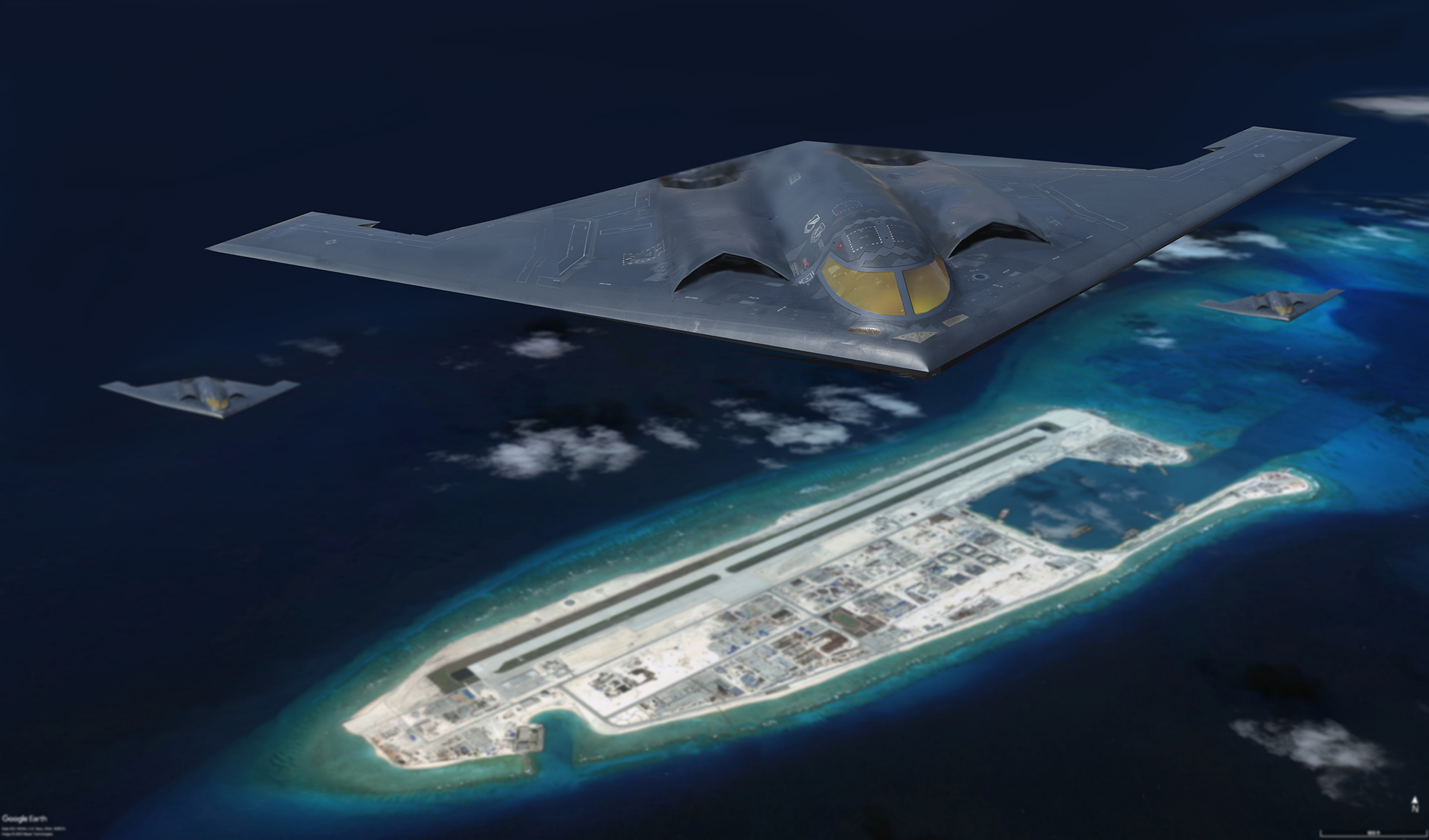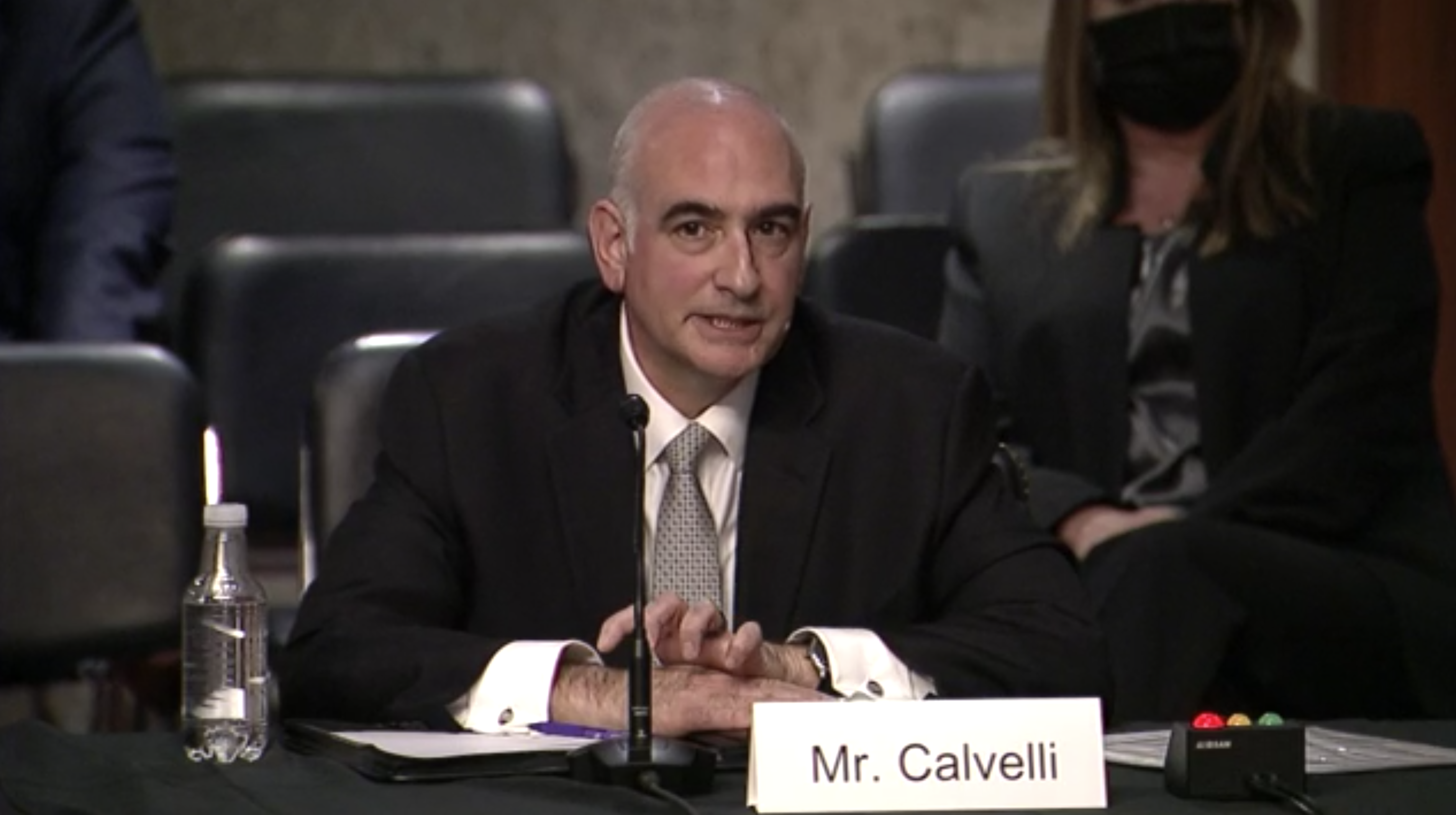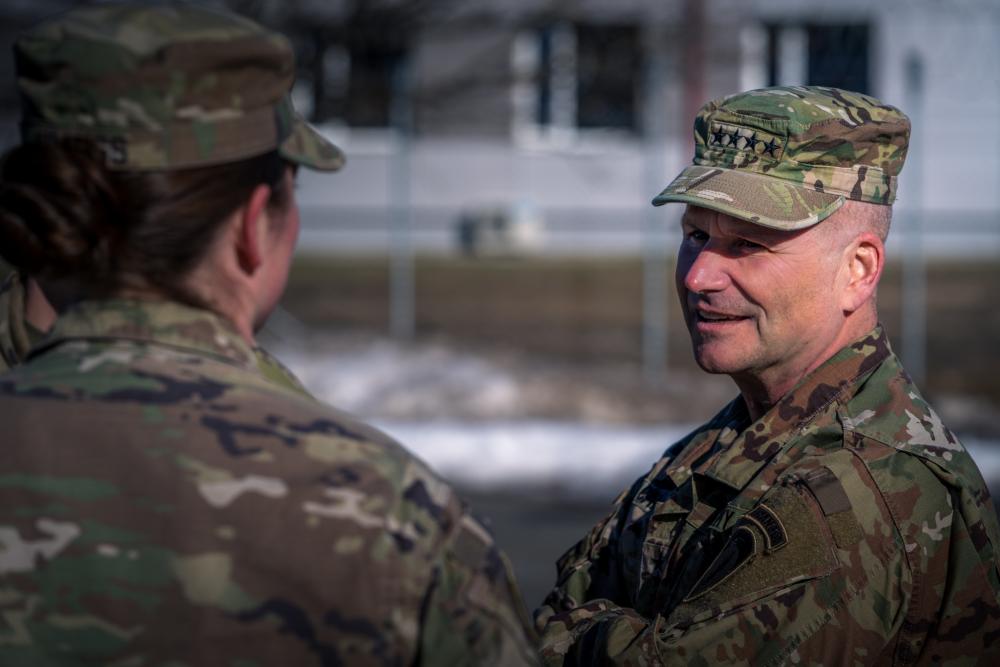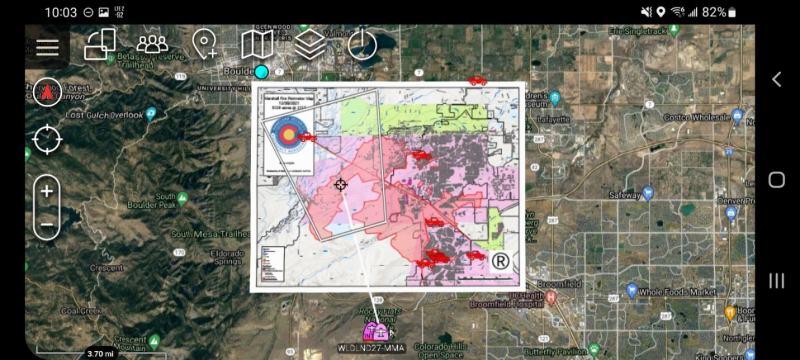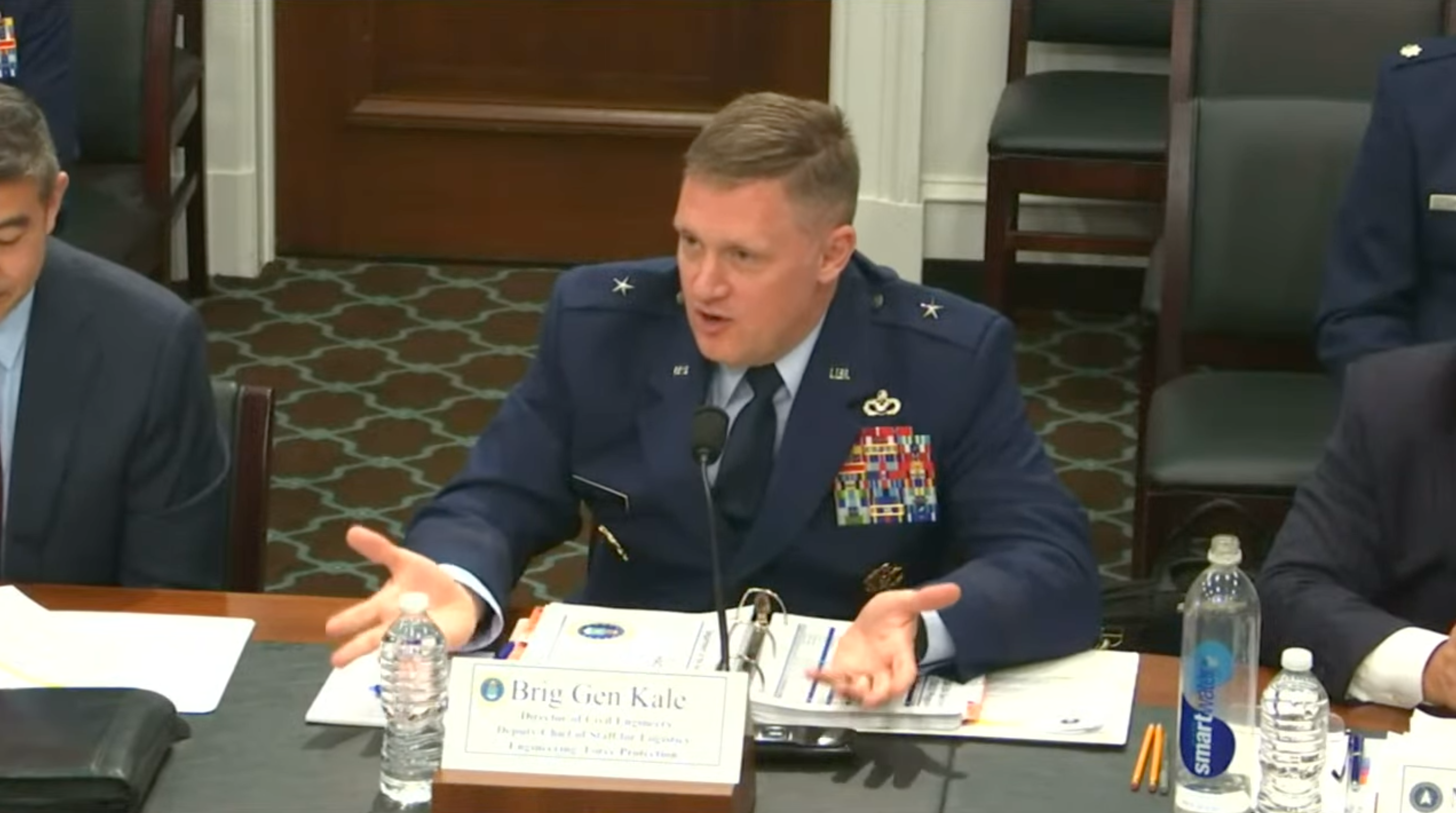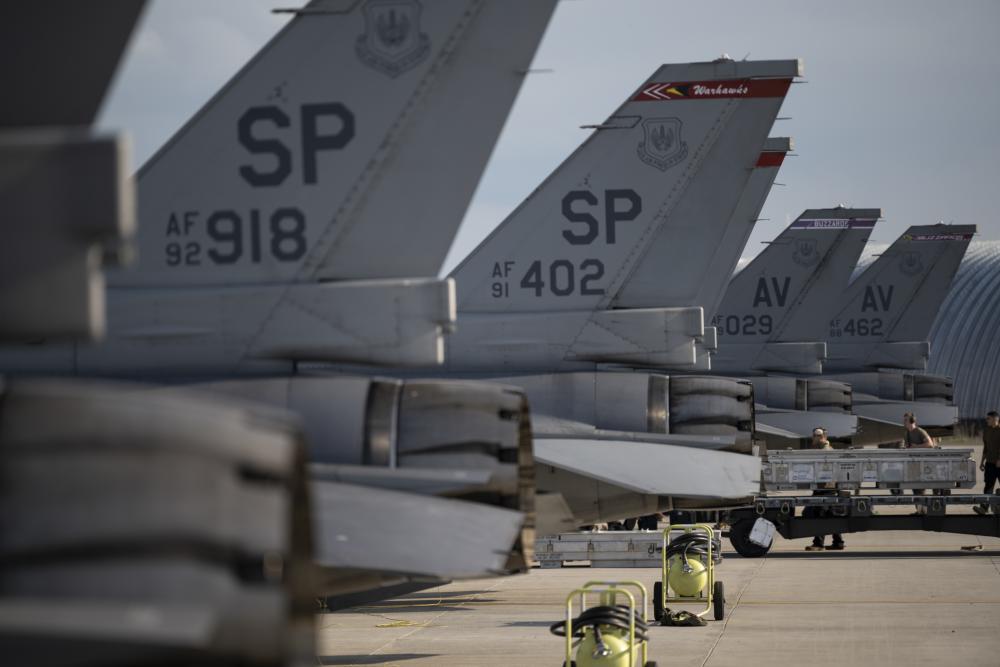As the Pentagon continues to aggressively expand its development of hypersonic weapons, officials will need to consider the “range of capabilities” the Defense Department actually needs, Defense Secretary Lloyd J. Austin III told a congressional panel May 3.
In its 2023 budget request, the DOD included $4.7 billion for the research, development, test, and evaluation of different hypersonics programs, its biggest ask for the technology yet. The budget also outlined plans for the military to field its first hypersonic missiles within the next five years.
Yet while Austin has pushed both DOD and private industry to accelerate development, he also told the Senate Appropriations defense subcommittee that thought will have to be given to how hypersonics will figure into the broader force.
“What’s important is that we need to consider … the range of capabilities, the mix of capabilities that we’re going to bring on board to support our warfighting concepts,” Austin said. “So hypersonics is an important capability. But there are other things that add to this equation as well.”
Austin’s comments follow those made by Air Force Secretary Frank Kendall, who has warned that hypersonic weapons may not always be the most cost-effective or practical solution.
“We have to think about what’s most cost-effective for us … [Hypersonic systems are] very expensive compared to conventional weapons. So we’ve got to look at that very carefully and decide where we need to be in that tradeoff. I don’t think enough work has been done on that,” Kendall said in a January webinar.
Still, Austin expressed his continued support for more hypersonic research and development during the hearing, calling it “important to us,” and offered an endorsement for one effort in particular
SkyRange
A consistent issue in hypersonics development has been limited flight-test infrastructure and ranges, with not enough room or spots available for the various programs seeking to test their technologies.
One of several proposed remedies to that problem is SkyRange, which uses unmanned aircraft to clear the test space and relay telemetry in an effort to do more with the range space already available. The program addresses a “critical throughput shortfall for supporting the number of hypersonic flight tests required, as a sufficient number of existing assets does not exist,” budget documents state. “SkyRange augments existing air, sea, and land test support assets referred to as the ‘string of pearls,’ reducing the high costs associated with traditional flight test support.
In October 2021, the Air Force transferred four retired RQ-4 Global Hawks to Northrop Grumman to repurpose for SkyRange.
Sen. John Hoeven (R-N.D.) represents both Grand Forks Air Force Base, where the RQ-4s came from, and Northrop Grumman’s Grand Sky facility, where the modifications are taking place. And in the May 3 hearing, he took the opportunity to ask both Austin and Chairman of the Joint Chiefs of Staff Army Gen. Mark A. Milley if the Joint Chiefs support SkyRange’s continued development.
“Yes, I do support it. And again, the Air Force will continue to work to make sure that the right capabilities are in place to support that effort,” Austin said, with Milley agreeing.
SkyRange was included in the Office of the Secretary of Defense’s research, development, test, and evaluation budget documents for 2023 as part of the request for the High Speed Systems Test project. The Pentagon is asking for $111 million for the entire project, building off $191 million appropriated in 2022.
In addition to RQ-4s, the program is also using MQ-9s, the budget documents state, and will “demonstrate initial capability” in 2023 and provide support using “telemetry, multispectral imaging, and atmospheric sensing sensor packages.”
Hypersonic Defense
Also during the May 3 hearing, Austin highlighted the importance of not only developing hypersonic weapons but also working on defensive systems to counter hypersonics being developed by the likes of China and Russia.
“In terms of defending ourselves, this is a priority for me, Austin said. “And as soon as we came onboard, I tasked my staff to make sure that we pulled the right elements together to make sure that we were pressing forward rapidly to increase our efforts in developing our defenses against the hypersonic threat. You’ve seen us engage industry on this issue, and we’ll continue to press. You know, we’ve made some progress, but we have a ways to go yet.”

